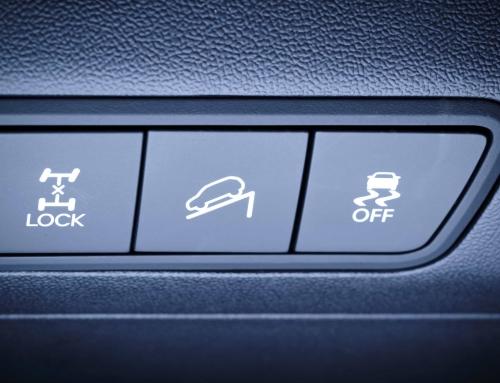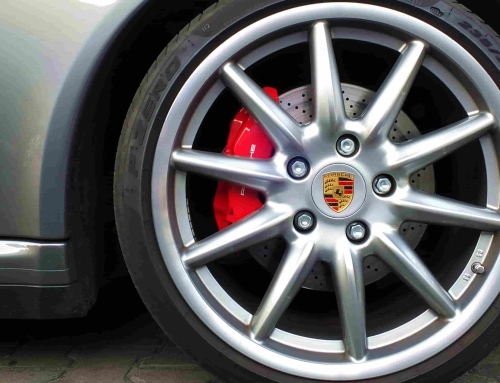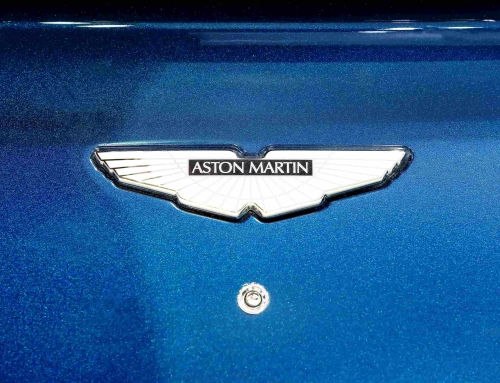When it comes to our vehicles, with so much terminology to remember it can be difficult to keep up. Read through our A-Z of the most commonly used car terms to stay ahead of the game.
Let’s start with acronyms…
2WD – Two wheeled drive. A four wheeled vehicle where power is sent is two wheels simultaneously.
4WD – Four wheeled drive. A four wheeled vehicle where power is sent to all four wheels individually. This makes the vehicle more stable, so a 4WD is more suited to climbing steeper roads.
ABS – Anti lock brakes. This computerised system can be found in most modern cars. The aim is to make sure the driver has steering control of the car when braking in an emergency. The ABS system applies and releases the brakes to avoid the wheels from locking up, and prevent skidding.
BHP – Brake horse power. The measurement of the power output from the engine. The power delivered to the wheels is less than this measurement due to frictional losses as it passes through the gearbox.
ESC – Electronic stability control. A system that prevents oversteering or understeering. The ESC applies brakes to 1 wheel when making sharp turns or sliding on slippery surfaces to keep the driver in control of the steering of the car.
MPV – Multi purpose vehicle. A car that is designed to have much passenger space as possible.
RPM – Revolutions per minute. The measurement of how many times the crankshaft of a motor fully revolves in one minute.
SUV – Sports utility vehicle. A vehicle that has some off-road ability but has been designed mostly for road driving. These can be either 2WD or 4WD.
And the full A-Z…
Alloy Wheels – Whereas most car wheels are made from steel, alloy wheels are aluminium. These lighter alternatives are often chosen for style purposes.
AUX Jack – The plug where you can connect electronic devices.
Brake Calliper – A part of the braking system which squeezes the ‘brake disc’ that rotates with the wheels. This begins the process of slowing down the vehicle.
Chassis – The main framework of the car that holds the parts together.
Crossover – A vehicle that has been designed to combine the features of an SUV and an MPV.
Cruise Control – An electronic system that maintains a constant speed that has been set by the driver. This is useful for long journeys on the motorway where a consistent speed is needed. Cruise control will be knocked off as soon as the driver touches the accelerator or brake pedals.
Hatchback – A vehicle where the passenger area and boot are not separated.
Hybrid – A vehicle that uses a combination of a petrol or diesel engine as well as an electric motor. The electric motor is used when extra power is needed. This kind of car is often opted for as it conserves more fuel than a regular car.
Load Capacity – The maximum weight a car can carry.
Stop/Start Technology – An energy saving system that cuts out the engine every time you stop. This reduces the use of fuel when the car is idle.
Torque – A measurement of the rotation power generated by the engine. This is another way of calculating the power of the engine.
Tread – The patterns cut into car tyres that provide grip for the vehicle. These are especially important for the safety of the car in wet weather, which is why the legal minimum tread depth is 1.6mm.
Turning Circle – A measurement to see the distance a vehicle travels when the steering wheel is turned as far as it can go.
Wheelbase – A measurement between the rear and front wheels of a vehicle.






![Motor Industry Facts 2015 [Infographic]](http://webuyposhcars.co.uk/wp-content/uploads/2015/11/bigstock-Mercedes-benz-W-S-class-96906116-min-500x383.jpg)